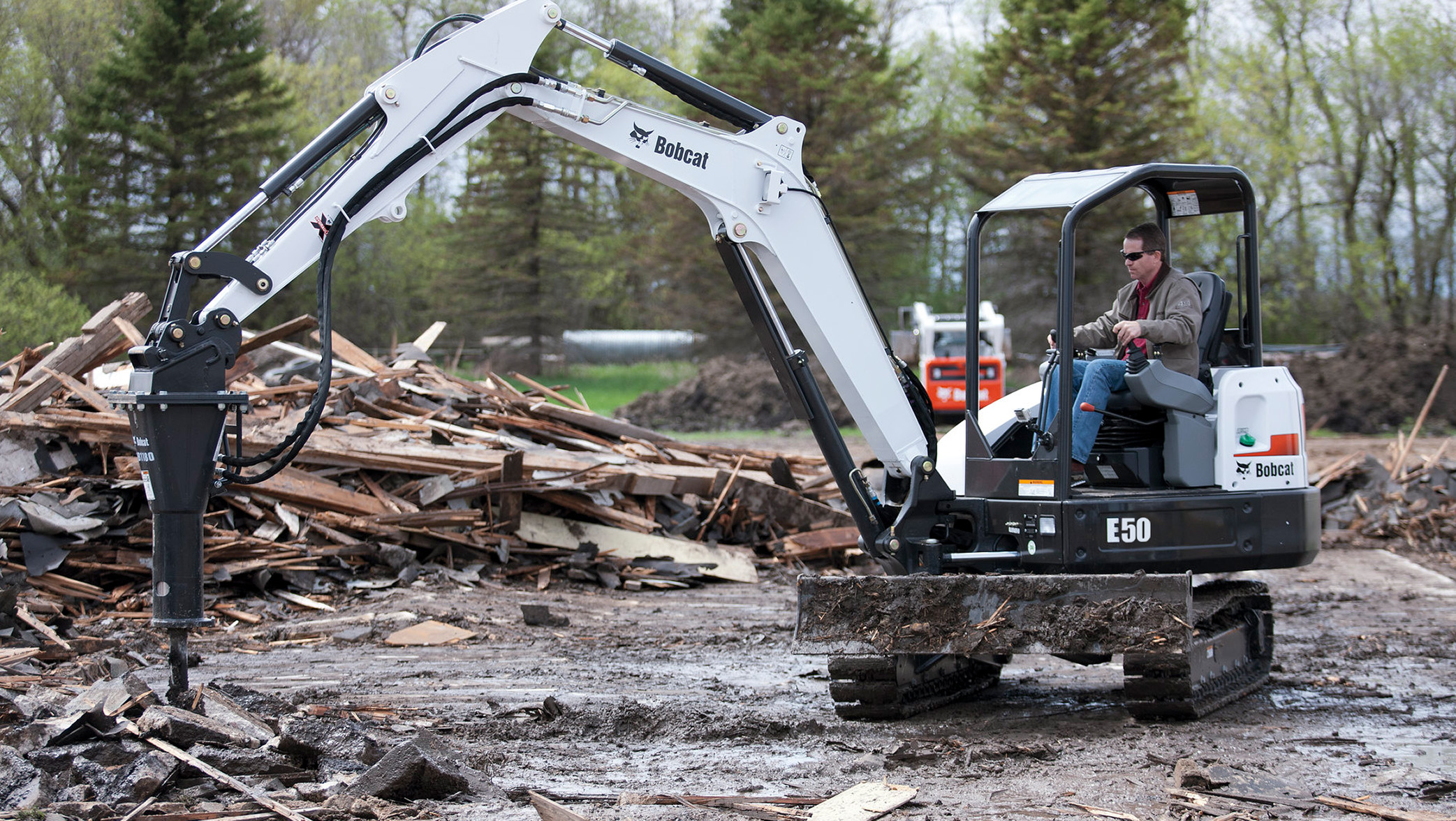Driving in winter can be tricky and potentially dangerous.
One moment you can be cruising down the highway on your way home for the holidays in perfect weather, then in a matter of a few minutes, snow starts falling and the wind picks up. Soon, your ability to see beyond the vehicle in front of you disappears, traffic slows and suddenly you realize you’re caught in the middle of a snowstorm.
What can you do about it? You can plan and prepare for the worst-case scenario as well as understand what to do when roads get icy and the safety measures you can take to avoid a potential crash.
As with any road trip, the first thing anyone should do is make sure their vehicle has received a recent maintenance checkup and has the essentials for winter driving. This includes an ice scraper and snow brush, blankets, jumper cables, a shovel, traction devices, an emergency kit and more.
Once you’ve reviewed your vehicle’s emergency supplies and ensure it’s up to date on its maintenance schedule, you can now start getting ready for the drive. Here’s some of the things you can do in advance:
- Map out your route.
- Watch weather reports. If a winter storm is headed your way, postpone your trip until the weather passes and roads are clear.
- Get a good night’s sleep before heading out. Avoid driving when fatigued.
- Before you leave, check weather reports and road conditions again.
- Never warm up your vehicle in a closed garage.
Now that you’re ready to roll, here are some things to keep in mind when driving in winter:
- Put on your seatbelt before you begin driving — and keep it always buckled.
- Slow down when the snow starts falling or if roads are blanketed with snow, slush or ice.
- Be alert. Black ice can send your vehicle into a spin or send it into a ditch. (Black ice will make pavement look like shiny new asphalt. Pavement should be a greyish white during the winter.
- Avoid using cruise control. You should be in complete control of your vehicle when driving during the winter months.
- Reduce your speed sooner than normal when approaching intersections. They may be covered with ice or snow.
- What may be a four-hour drive in summer can be a six hour drive in winter. Take your time. The eggnog, hot chocolate and cookies will still be there when you arrive.
- Lengthen your following distance behind the vehicle ahead of you. Stopping distance on an icy road is double that of stopping on a dry one. For example, from around 140 feet (45 meters) at the speed of 37 mph (60 km/h), to over 260 feet (80 meters) on an icy road surface.
- Stay in the right-hand or center lane except when passing. Be patient and pass other cars only when it is safe to do so.
- Keep a safe distance back from snowplows, and salt/sand/anti-icing trucks. Never try to pass snowplows. Plows can push snow on to your windshield and temporarily blind you.
- Steer with smooth and precise movements. Changing lanes too quickly and jerky steering while braking or accelerating can cause skidding.
- If you start skidding, don’t panic and slam on the brakes. Instead, take your foot off the gas pedal and try to keep your car going in the same direction as it moves over the patch of ice. Steer toward the direction of the skid.
- Consider getting off the road before getting stranded if weather is worsening.
For more winter driving tips, click HERE.


